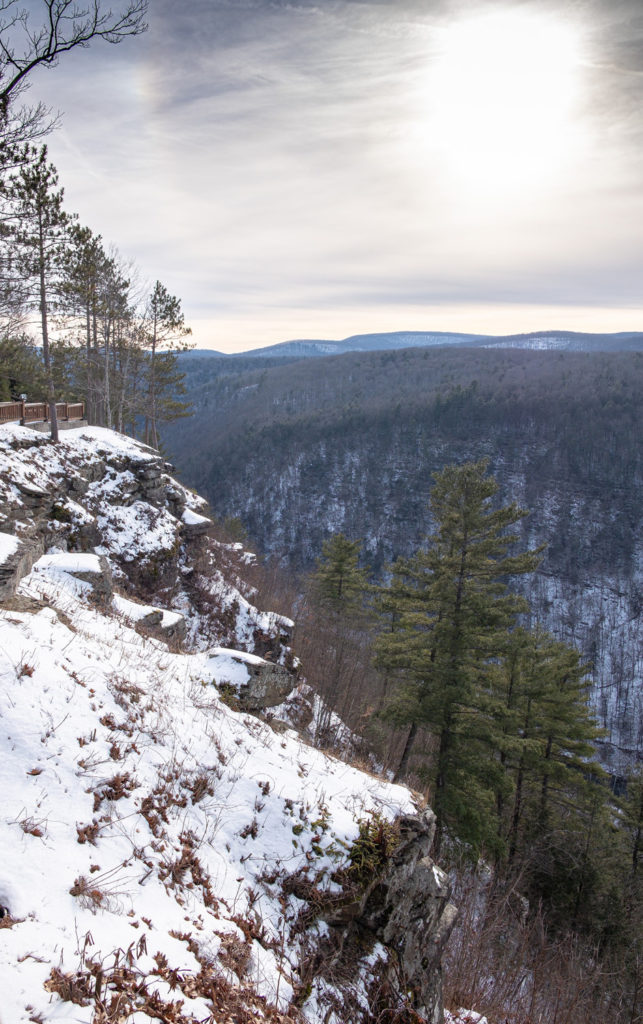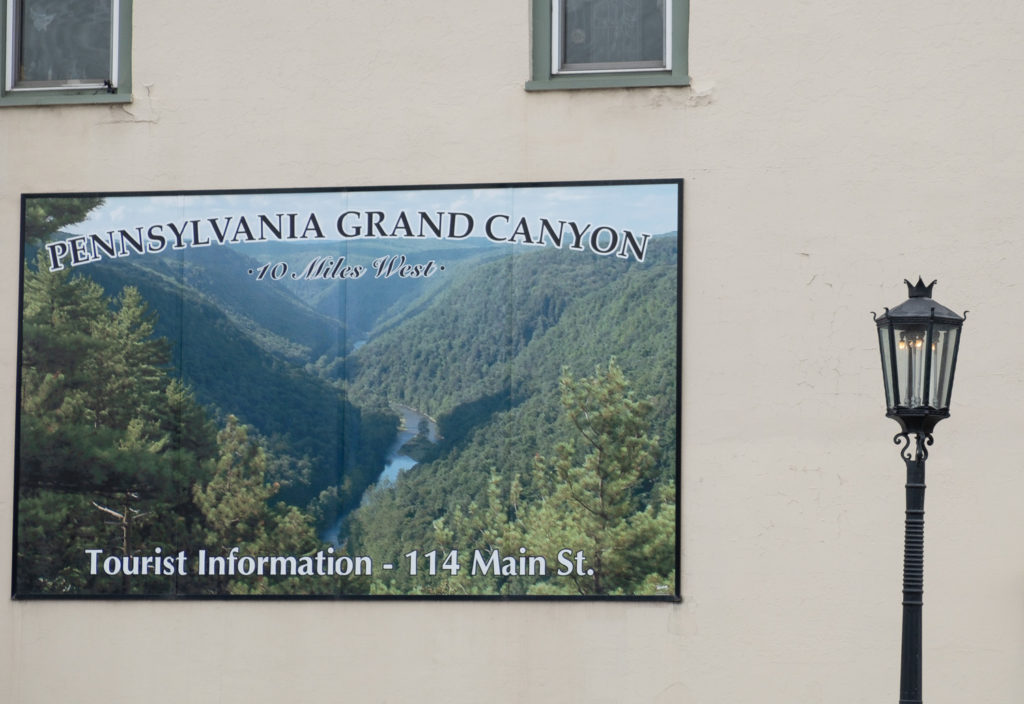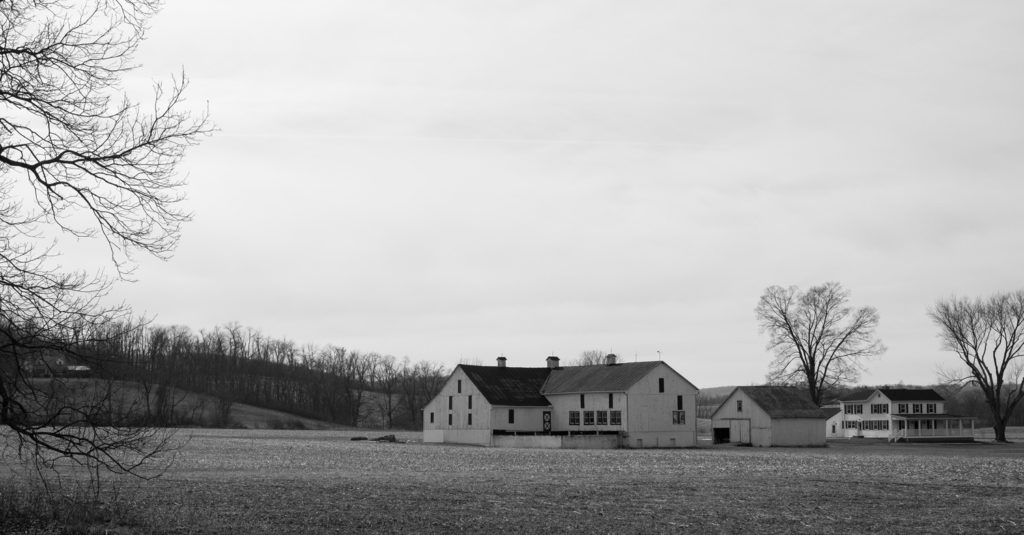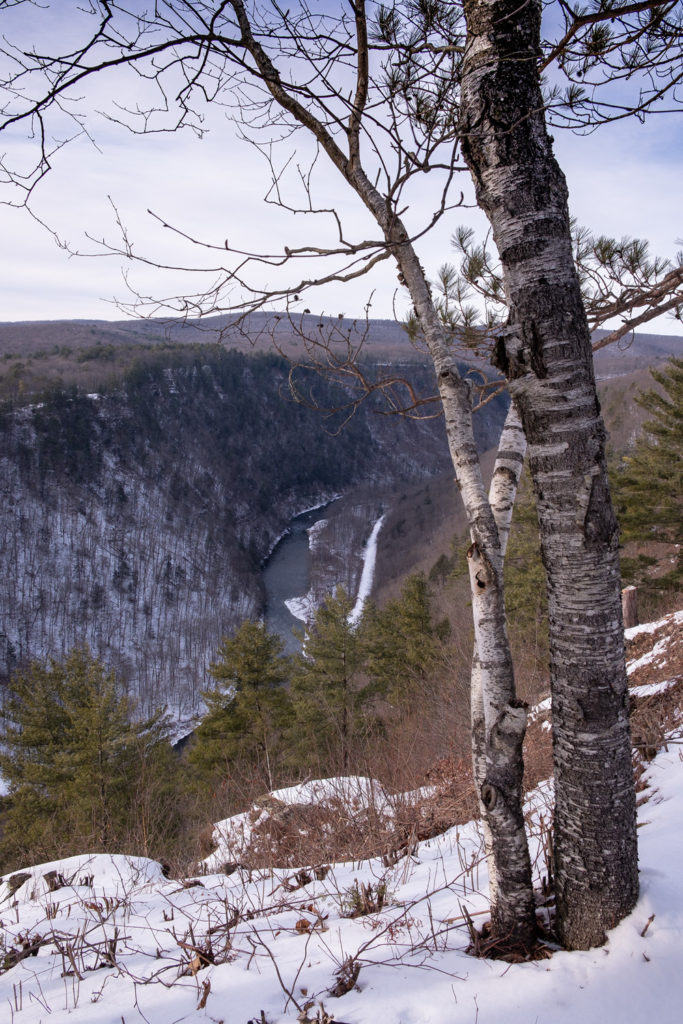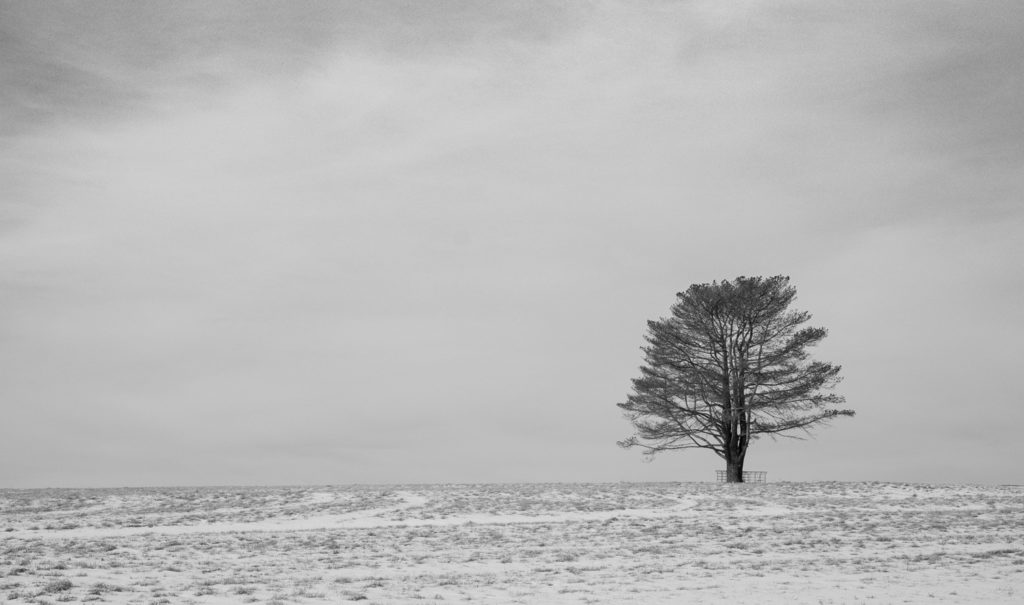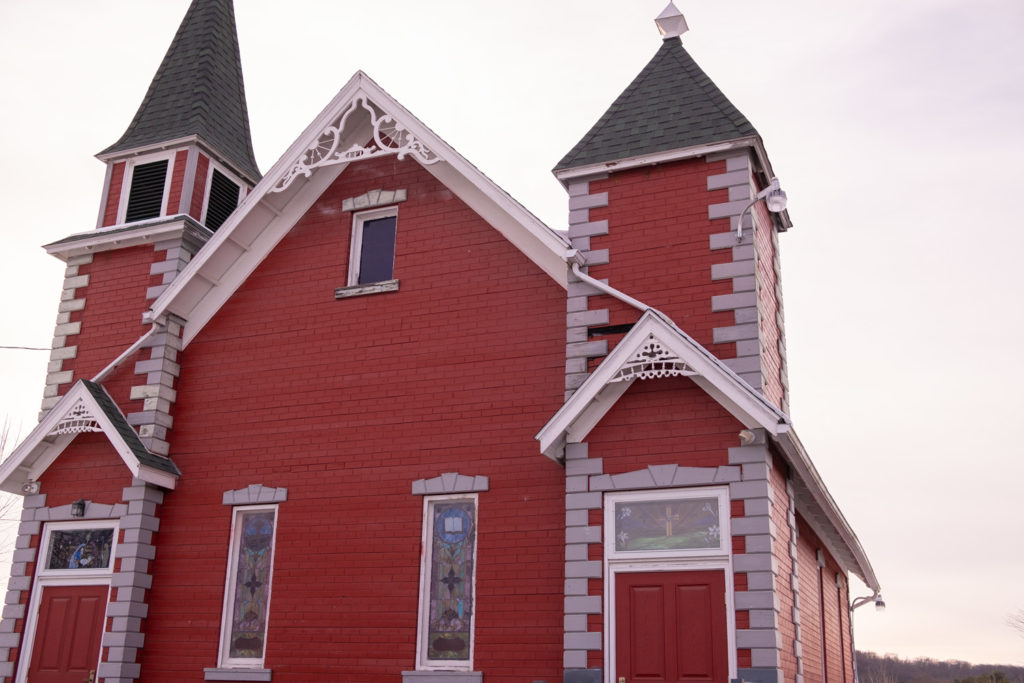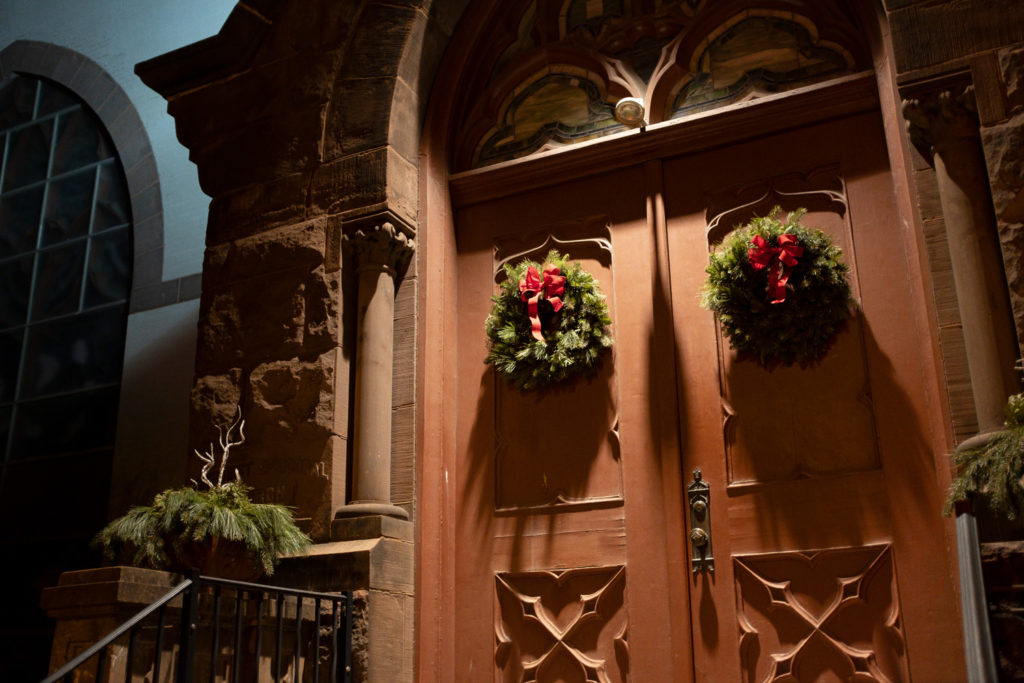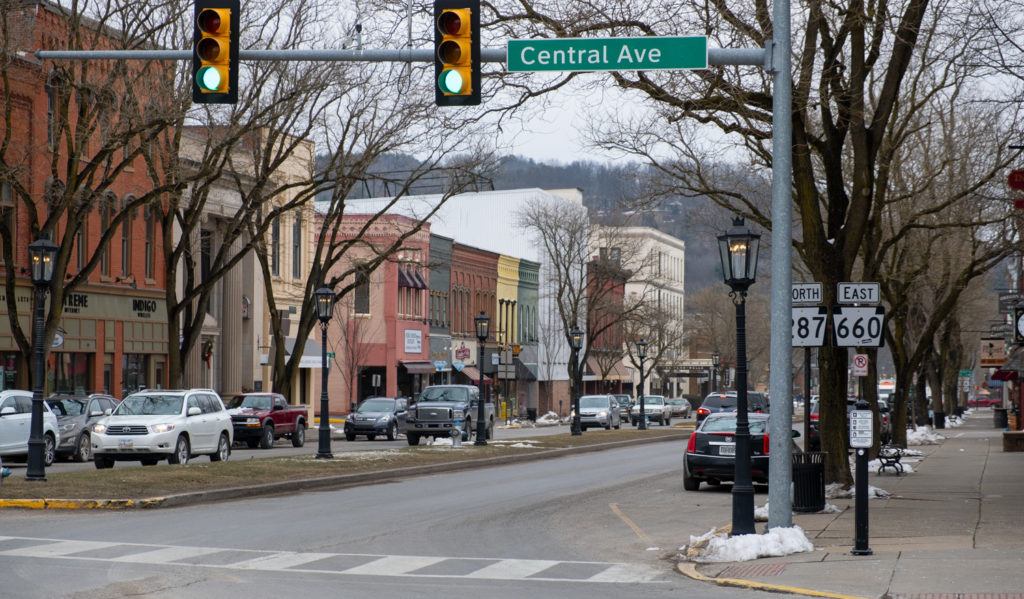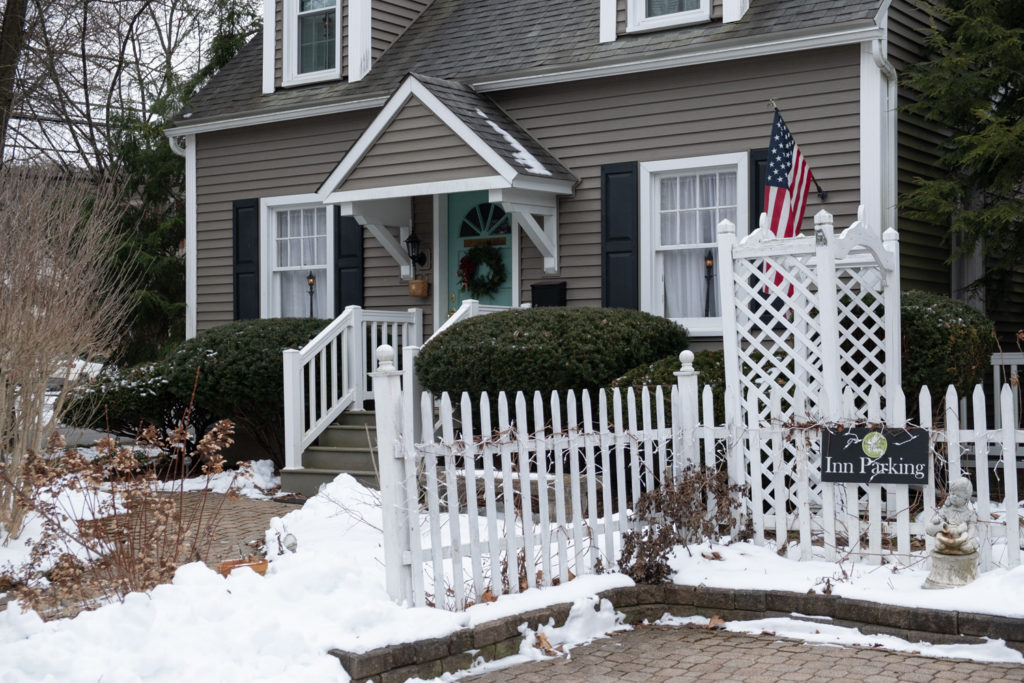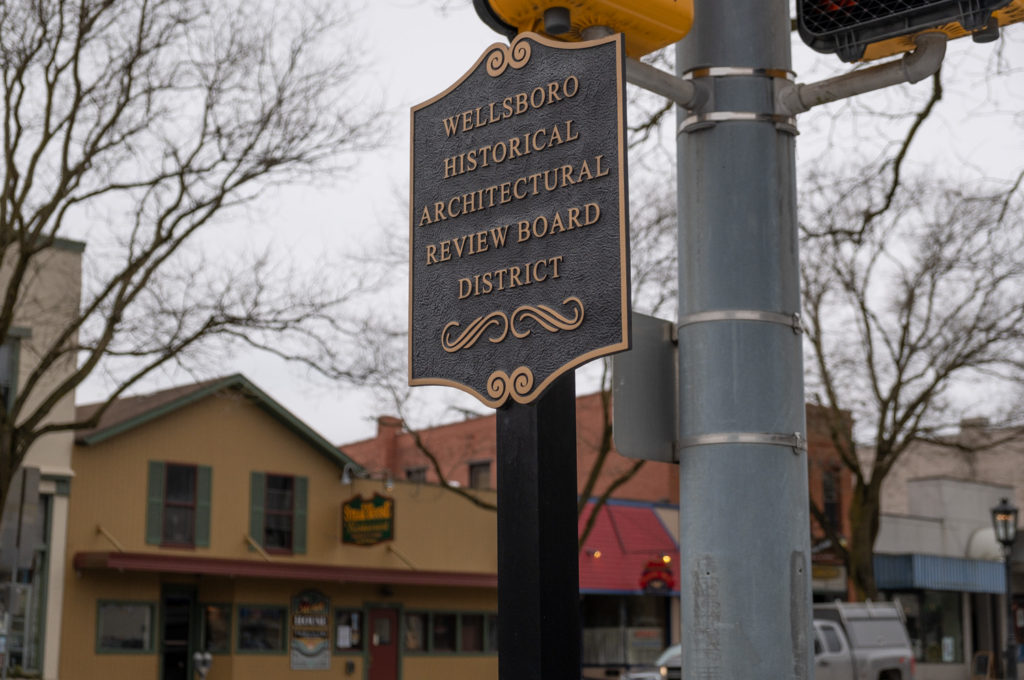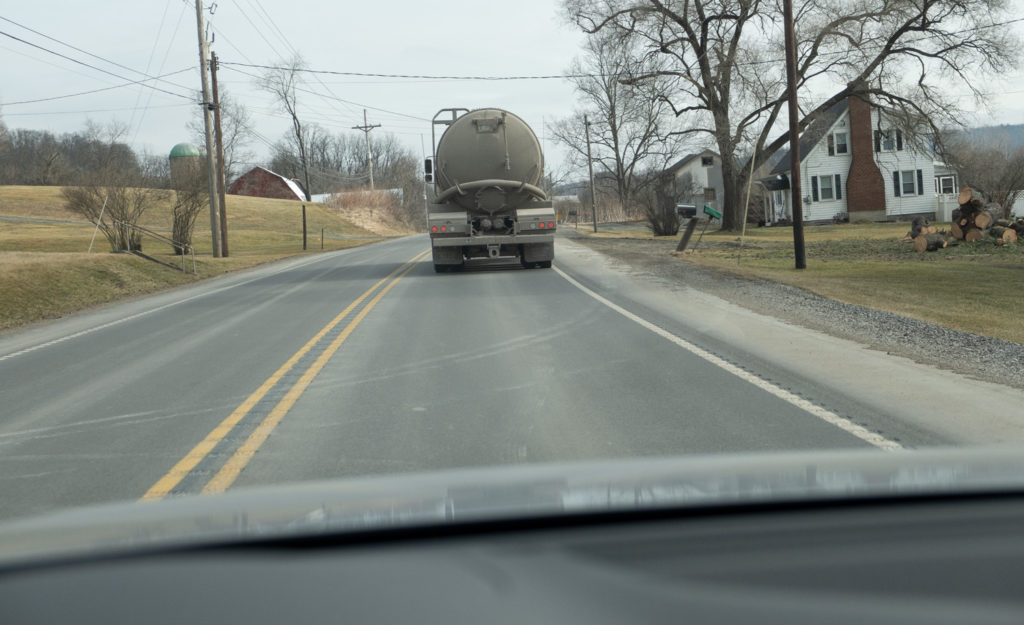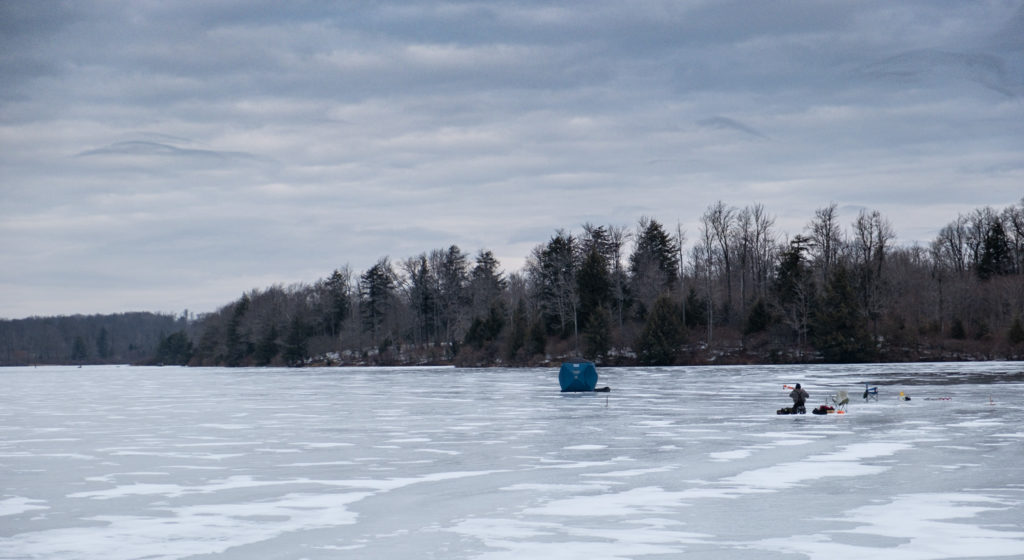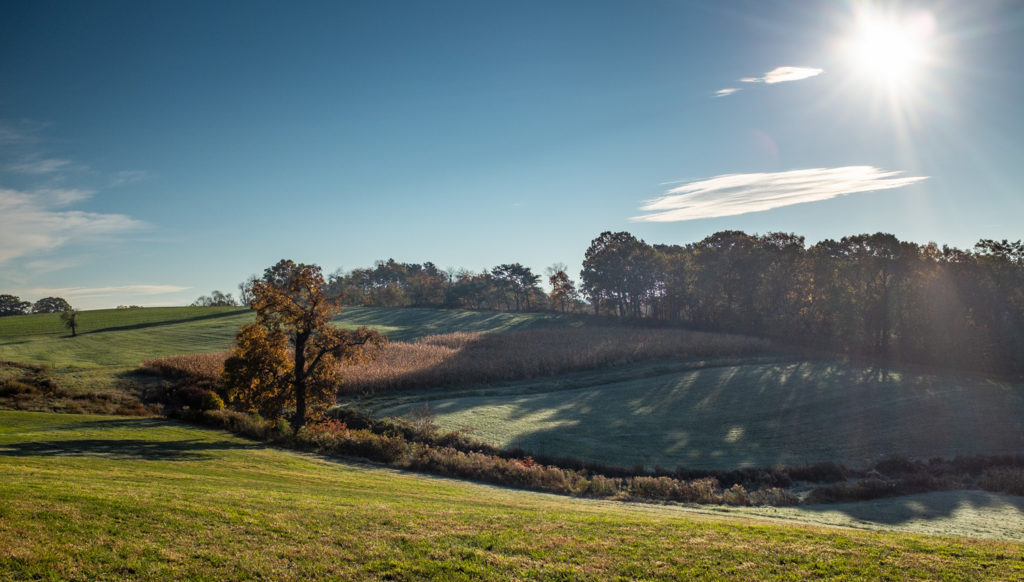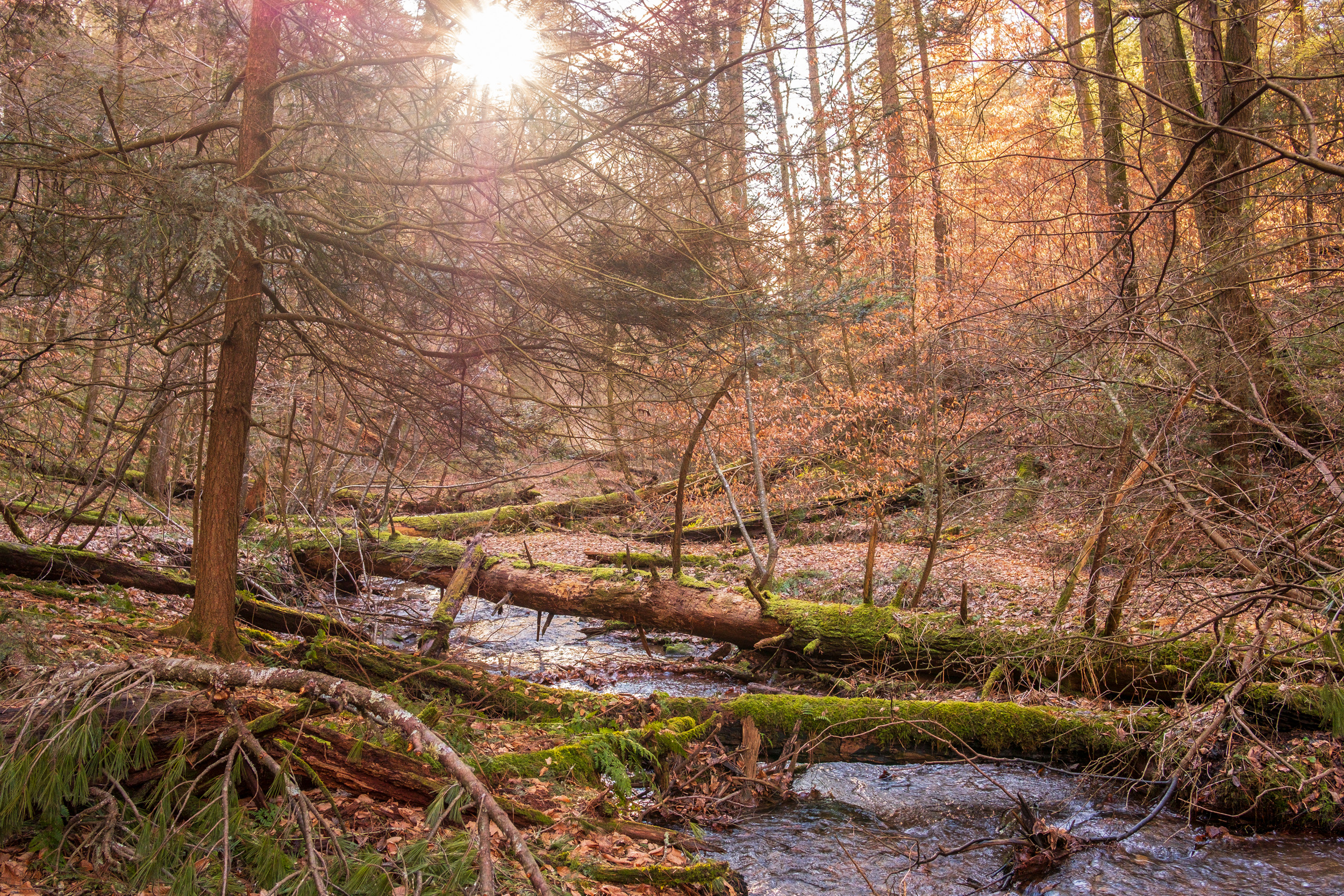A reluctant
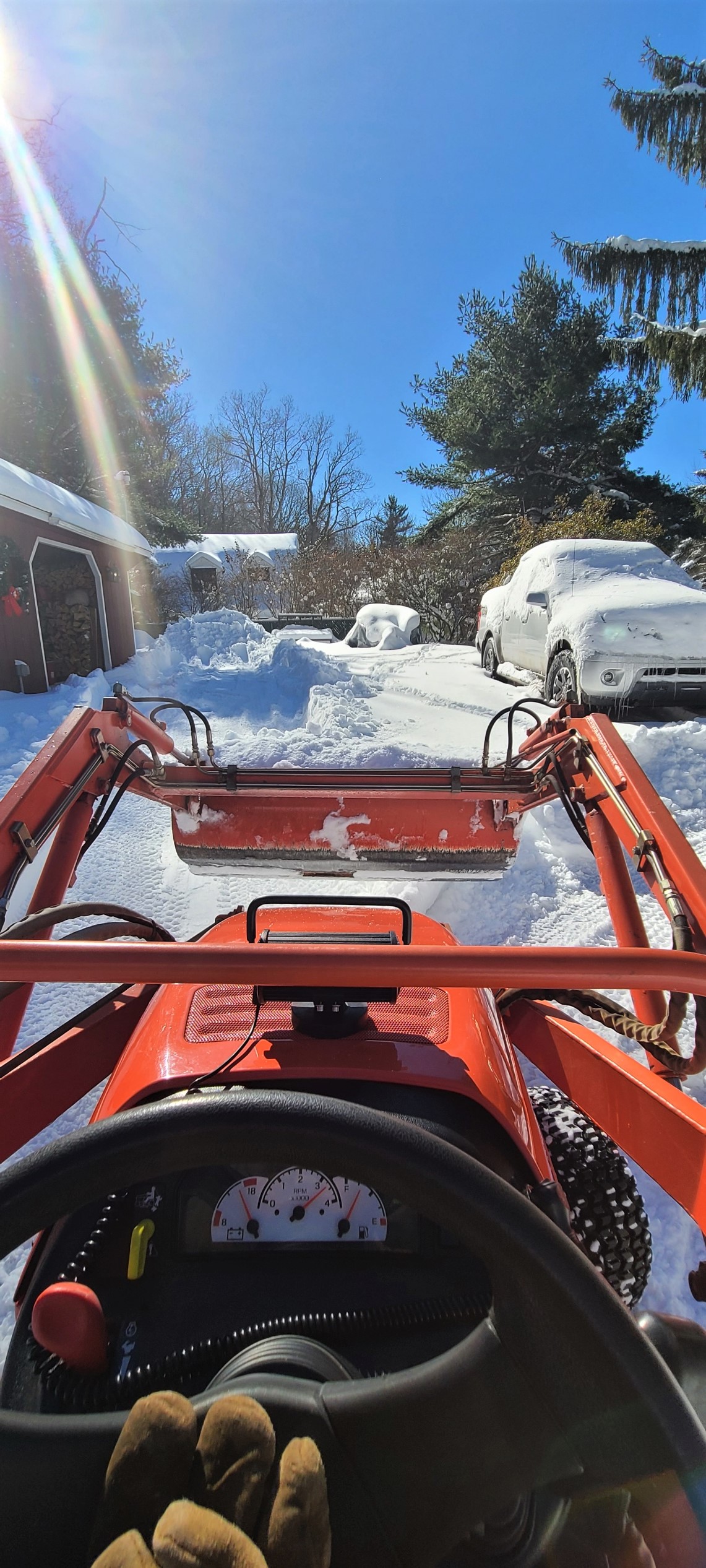
It was a Friday afternoon in the Adirondacks. I had been out with some friends cross-country skiing on a snowy afternoon. After skiing, on the way back to town, I made a few phone calls to home. I stopped for gas, then we proceeded to a nearby brewpub to enjoy some of the local libations.
After some sampling the pub’s offerings, I dropped my friend off at his home and proceeded to mine. Reflexively I patted my clothing searching for the familiar rectangular density of my Galaxy S8. Failing to locate it, I searched the car, including all the little crevices, for the device. No luck.
In my living room, I opened my laptop and went to the Verizon locate app. This usually works like a charm, and usually find that my phone is somewhere nearby. Unfortunately, on this occasion, the app could not connect.
Uh oh.
I ended up returning to the brewpub and was assured that no phone had turned up. I called my friend, who confirmed he had not taken it by mistake.
Oh, crap.
As near as I can tell, I dropped it at the gas station but given the snow cover, I never heard the thud. I suspect I then drove over it on the way out.
Driving the 350 miles home the next day without a communications device was really odd. Arriving back in Pennsylvania in midafternoon, I made a beeline to the local Verizon store to acquire a new device.
Now I’m typically a cheap, refurb kinda guy. But as there were none on hand, I was forced to purchase new. I have always liked the Samsung Galaxy phones and was aware that a new phone, the Galaxy S21 was to be introduced in slightly more than a week. There was no way I was going to wait that long. I purchased one of the current flagship models, the Galaxy S20 5G UW.
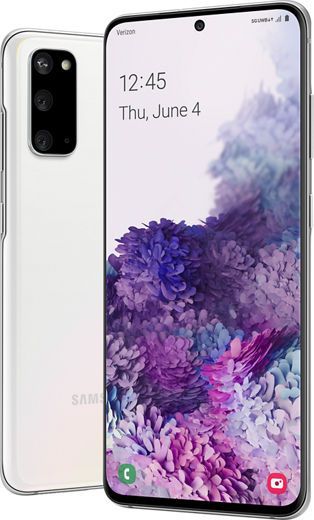
So as much as I was unhappy to buy a new phone, the situation offered an opportunity. The Samsung I purchased is known to have a very high-performing camera module, competitive with the other flagship phones. So at least this purchase gives me the opportunity to find out whether smartphone photography has advanced to a point where it can produce interesting image files.
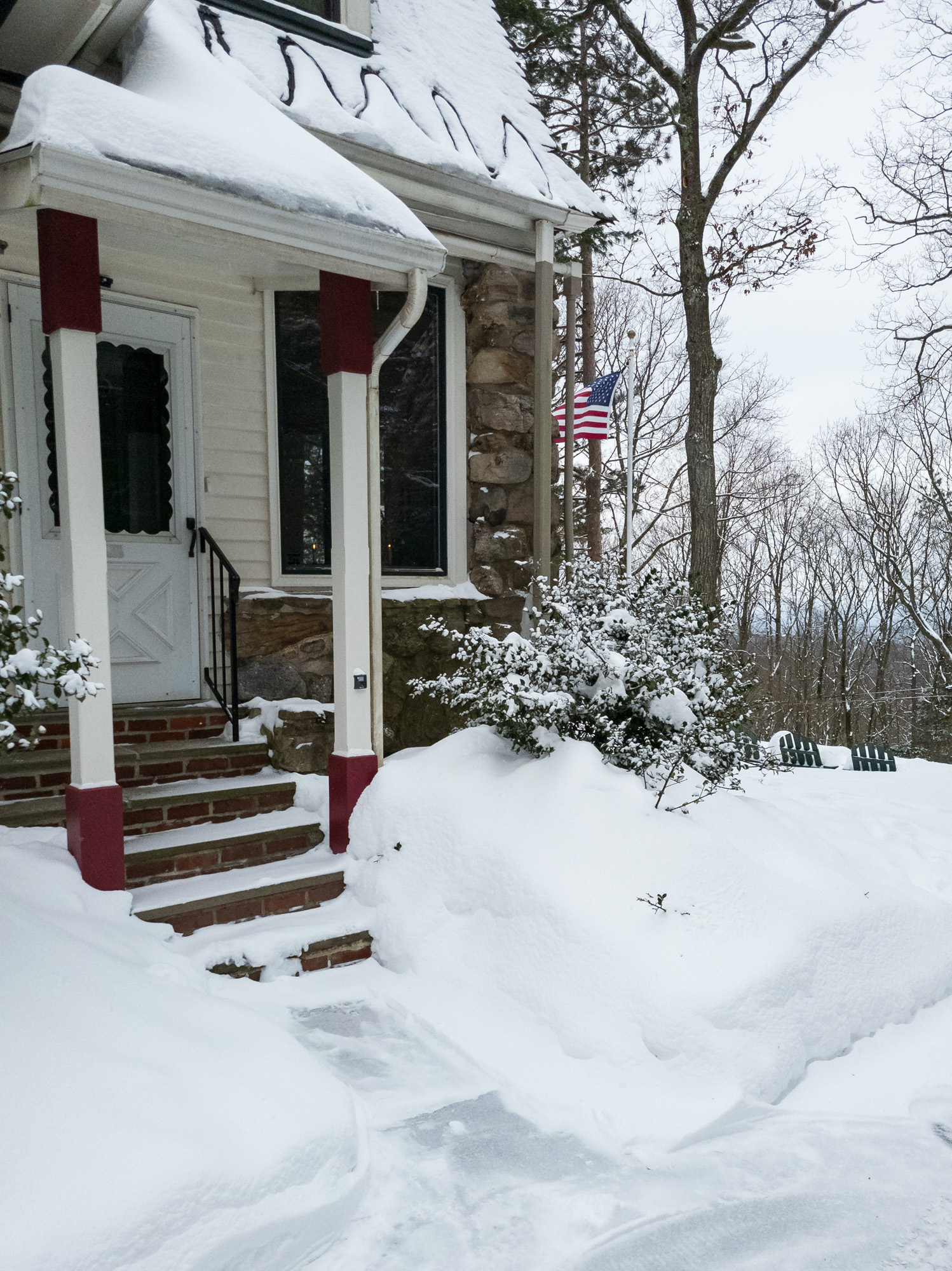
So how about the phone? In general, it works great and has a beautiful screen with snappy graphics. It’s responsive, slightly more so than my previous device. It’s made of metal and Gorilla Glass 6, so it is presumably pretty rugged. It has a very long battery life compared to my old phone which is certainly convenient.
I noticed that external sensors, such as heart rate and oxygen saturation have been eliminated. Thoughtfully, they are now available on a Galaxy Watch 3 which one can purchase for roughly $400 more. Thanks, Samsung.
So, in summary, it’s a nice phone, but damn expensive. I understand that Samsung understands this and that the S21 will be further de-contented and significantly less expensive. Hopefully, this phone will last me a long time.
But then there is the camera module. The S20 appears to share similar if not identical photography capabilities with the newer S 21. in this case, this device is 3 generations more advanced than my previous Galaxy. I was obviously curious to assess the improvements.
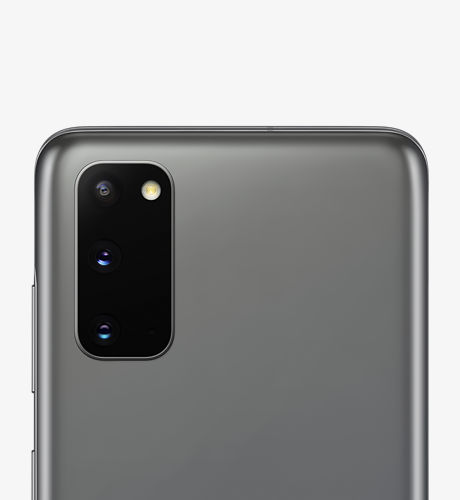
The specifications are certainly interesting. This camera has 3 sensors. The main camera has a 12-megapixel chip and an F1.8 fixed aperture lens. The native focal length however appears to be equivalent to a normal lens unlike the default wide-angle focal length seen in most earlier cameras. This makes it much more useful in my style of photography. There is another 12-megapixel sensor for an ultra-wide lens. Both of these sensors were apparently redesigned with larger pixels, which will reduce noise, and improve low light performance (there is a “low light” mode).
The third sensor is a 64-megapixel sensor serving a telephoto lens. Though it has 30 X combined optical and digital zoom capability (digital zoom is generally a bad thing) It has 3x lossless zoom. This is, it retains a full 12 megapixel of data up to a 3X magnification. This really opens up possibilities for photography on a smartphone. The S20 also shoots raw images in the Adobe proprietary .dng format which simplifies processing in their software.
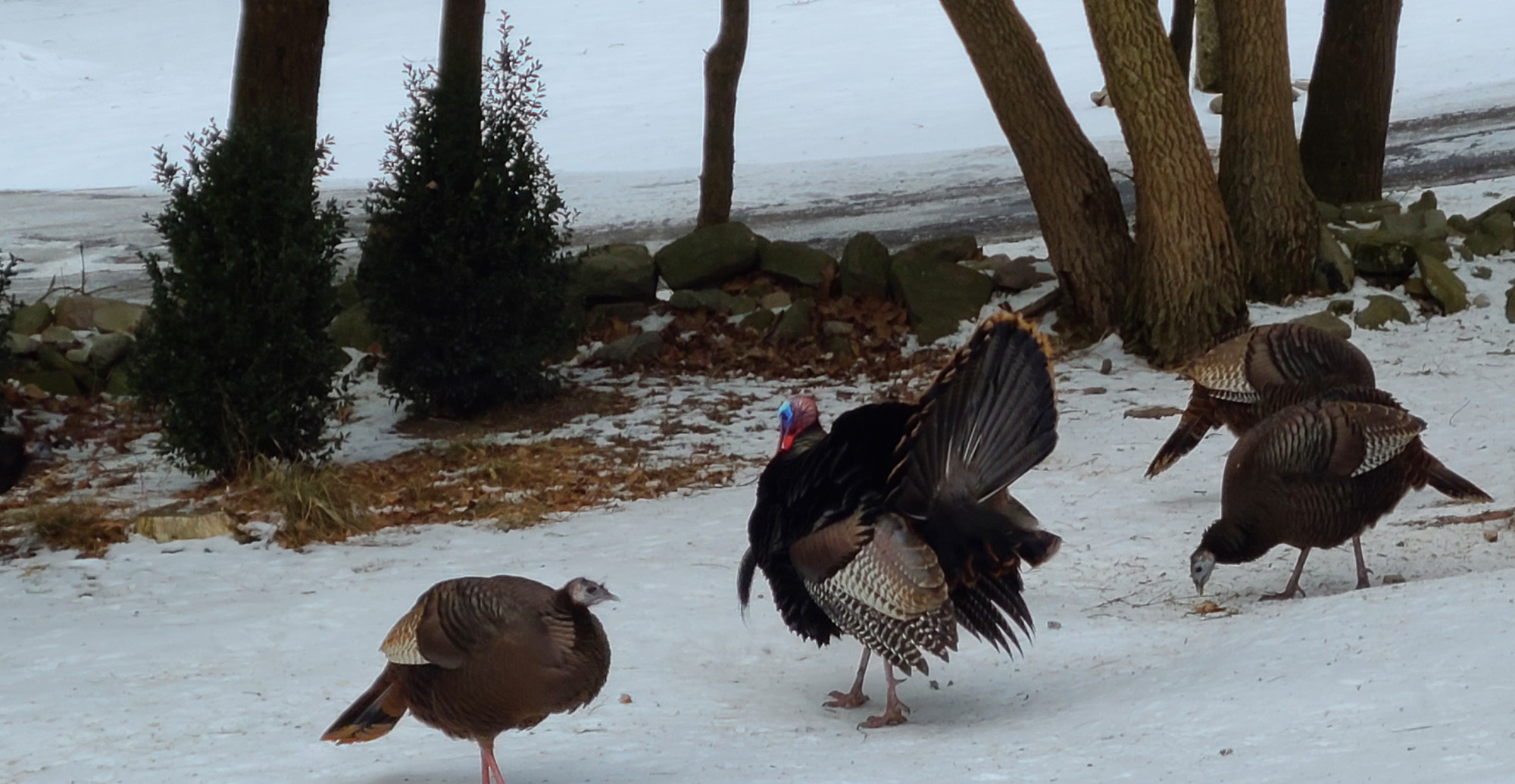
There also seems to be a capable video section, with a 4K resolution. I don’t shoot much video, but I did capture some footage that looked significantly better than anything seen on previous cameras. This camera appears to have stabilization though I’m not sure whether it is electronic or mechanical (sees probably the former).
I tried the low light (Night) mode. It’s a jpg-only mode and lets the shutter speed drift pretty slow. This was shot in my dark workshop with my lights off but minimal window lighting.
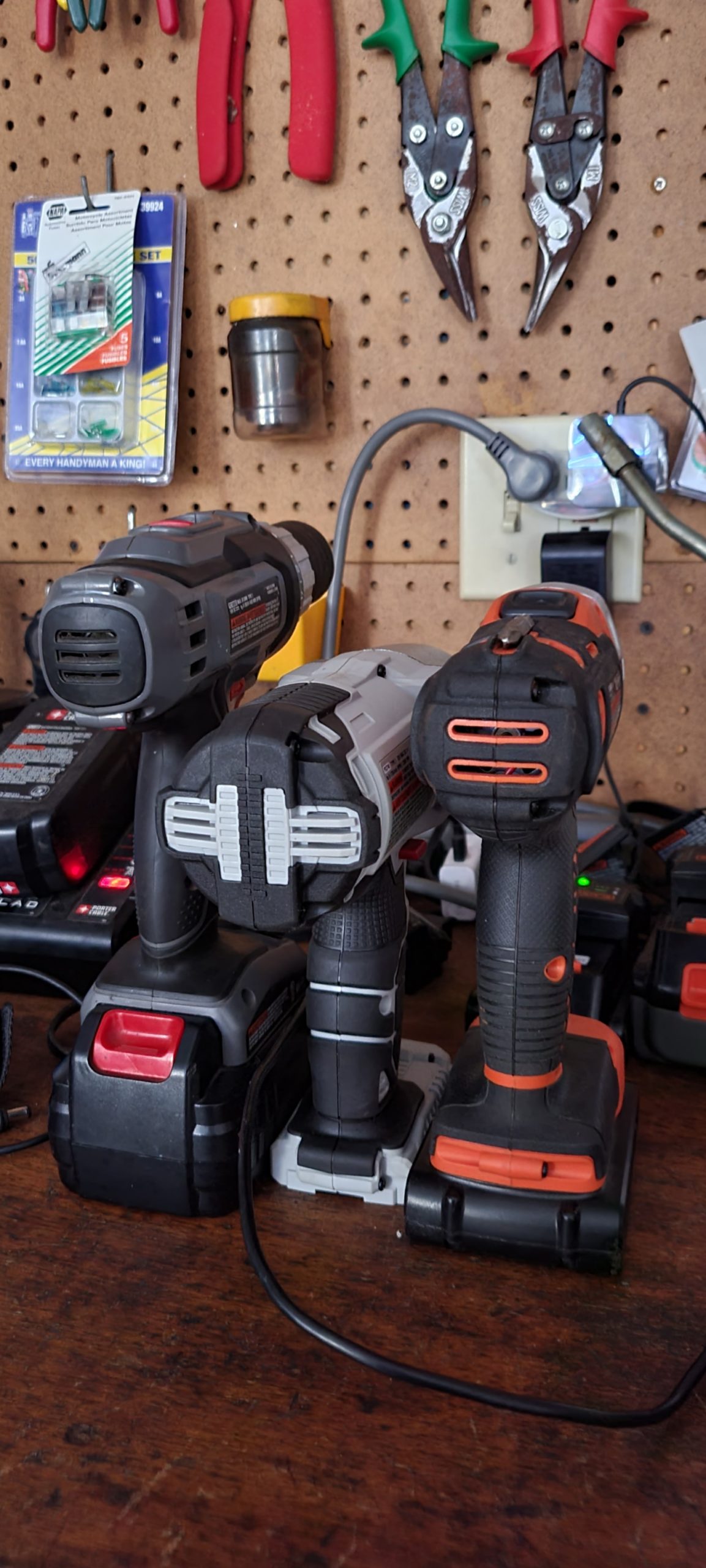
My initial landscape efforts looked pretty promising. The images, at least on screen actually appeared to have enough dynamic range and micro-contrast that it occurred to me that I might want to get more serious.
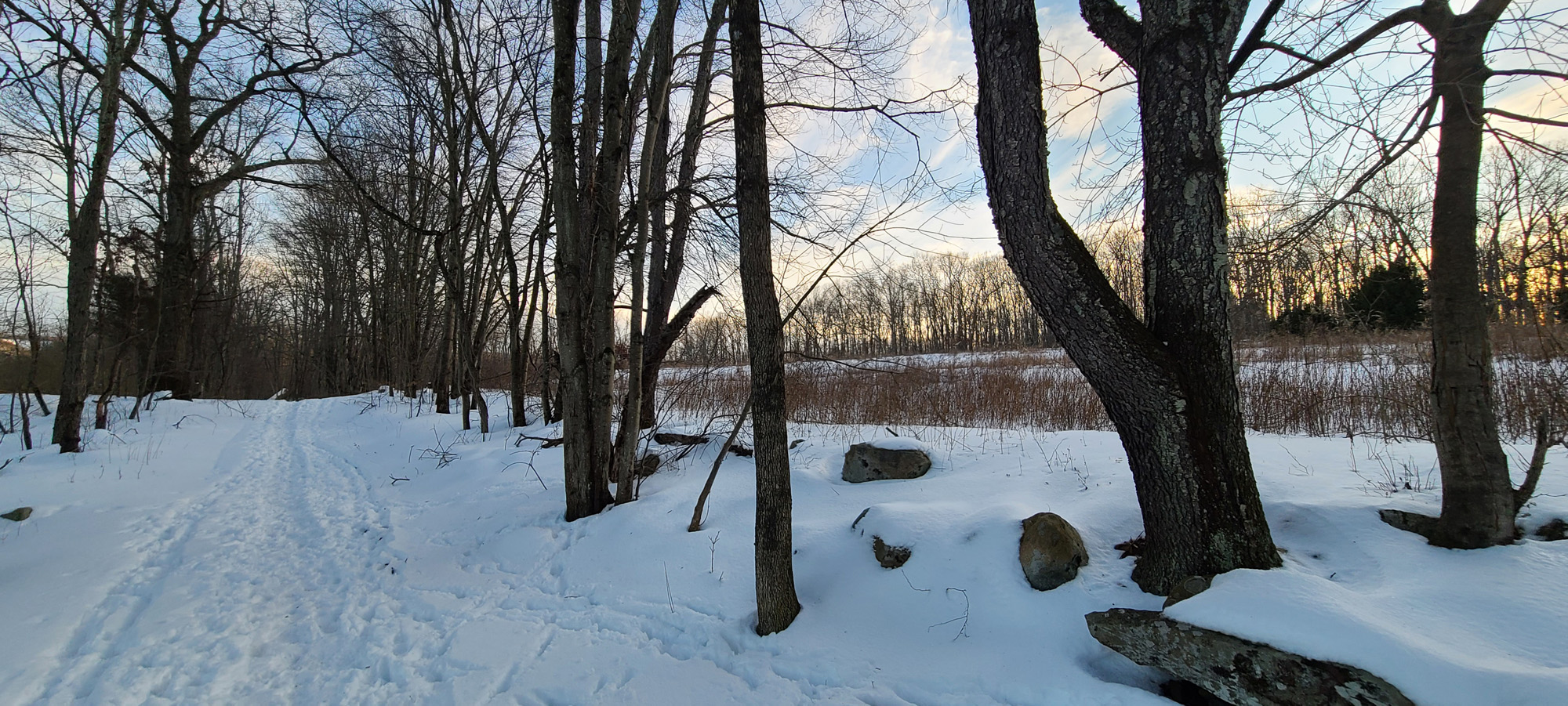
Now, I find shooting images with a smartphone extremely awkward as they are difficult to hold, and it’s hard to trigger the shutter without camera movement.
I found a possible solution on Amazon. I purchased an inexpensive cell phone holder with threads for a tripod puck. Included in the package was a simple Bluetooth remote with a lanyard allowing it to be permanently attached to the mount. This was simple to connect to my phone, allowing me to take shake-free images, and truly explore this camera’s potential.
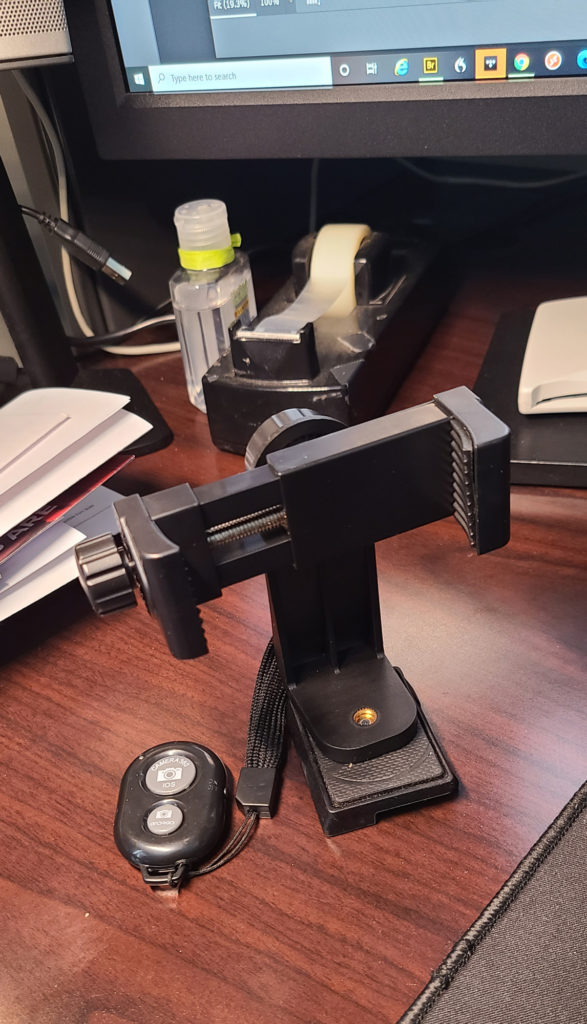
Another nice improvement in the new phone regards the treatment of raw (.dng) files. I preferentially shoot this format in my cameras because of the flexibility it gives you in editing. It was available on my previous phone, but the files were difficult for Photoshop to read. It requiring me to import the files to the computer before they could be sorted and edited. This phone allows Photoshop to read them directly, and records and displays them in a 4/3 format rather than the wider format JPEG’s, so they can be quickly identified. This is also a more photographic format in my view.
So I begin carrying the S20 alone, without any backup camera gear on my outdoor outings. At first, I had the settings wrong, and the camera only took jpegs. These look promising on the screen.
Back at the computer, however, Samsungs processing algorithms are revealed. They feature high contrast, over-sharpening, and at the same time smoothing of details. This may be great for an 18-year-old’s cleavage squeezing puckered-up selfie shot, but it’s lousy for landscape.

But then I set the camera up on the tripod, and put it into Pro mode, shooting raw files. Suddenly things were different. I took these two shots one in .jpg, one in .dng both on the tripod to assess the difference. For reference, I then mounted and shot my pocket camera, the Sony RX100 Mark III which is not the most current model of the camera and has more resolution than the Samsung ( 20 megapixels versus 12). I processed them as closely as I could in Adobe Camera Raw.
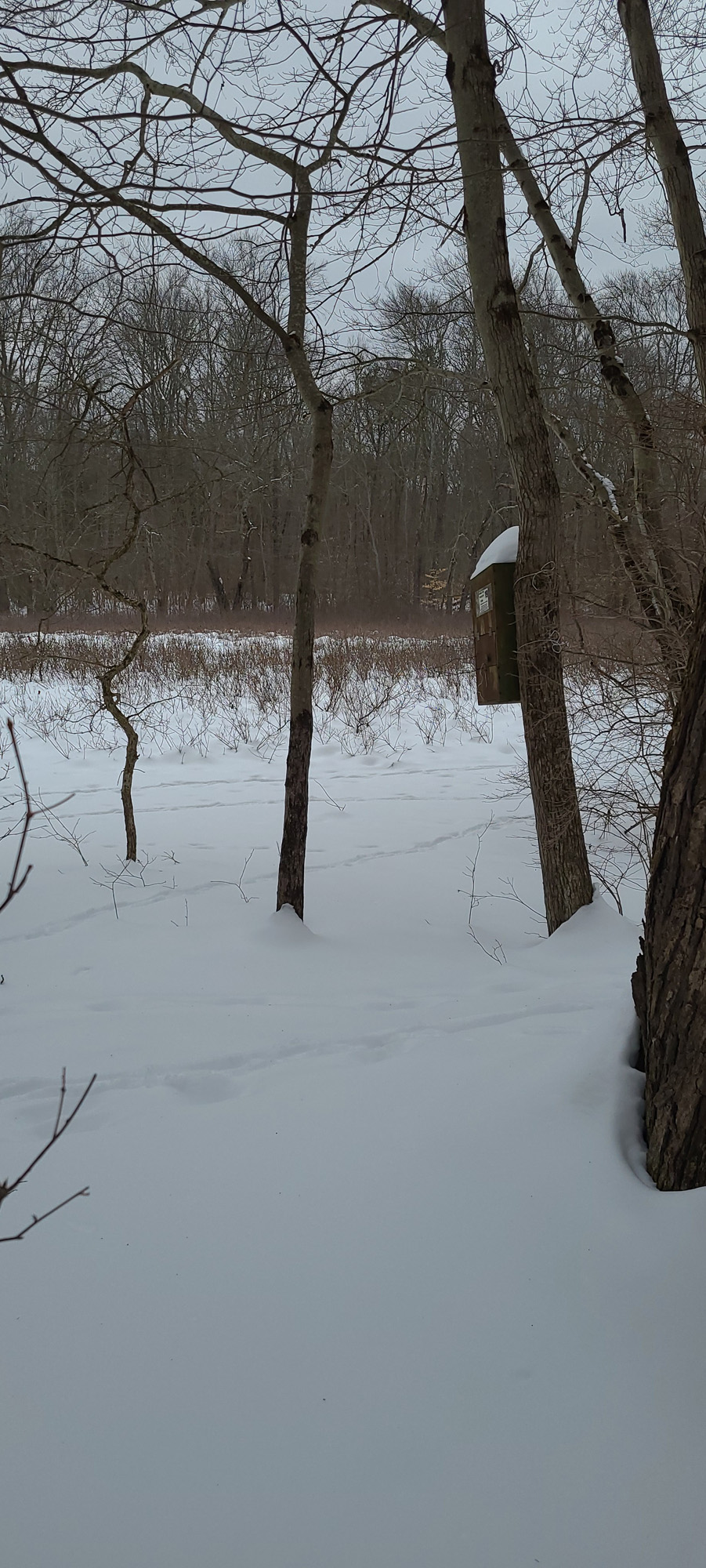
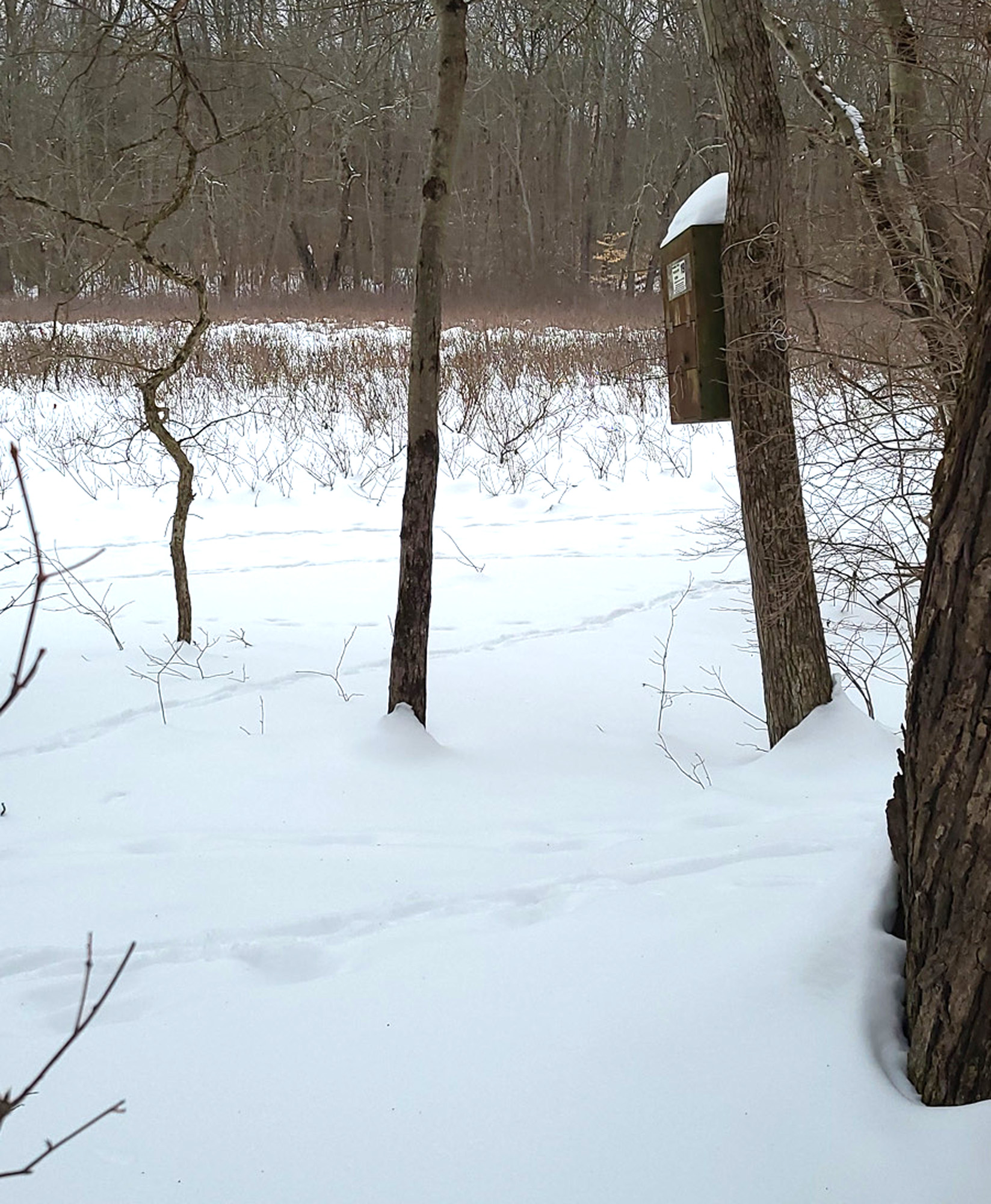
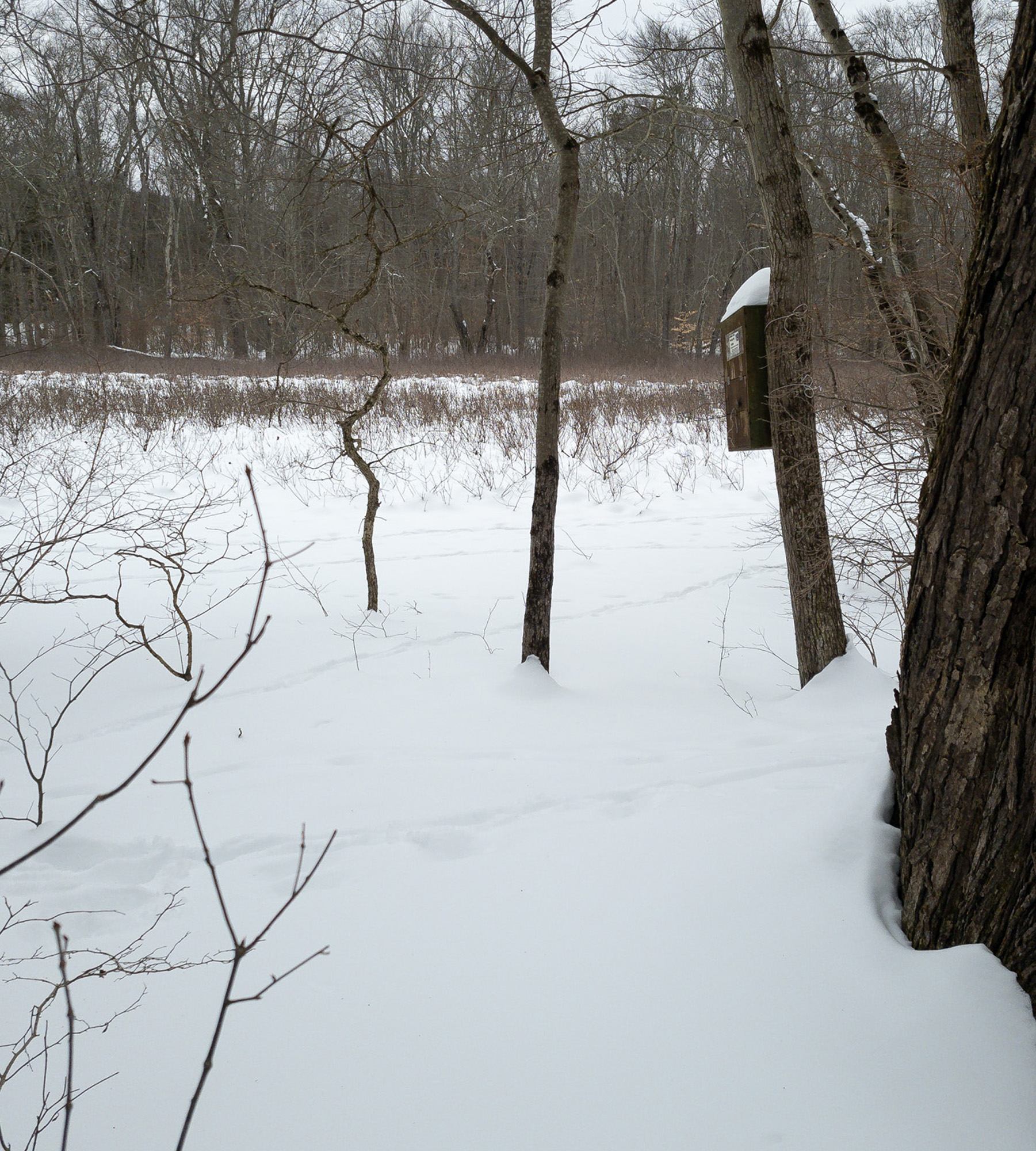
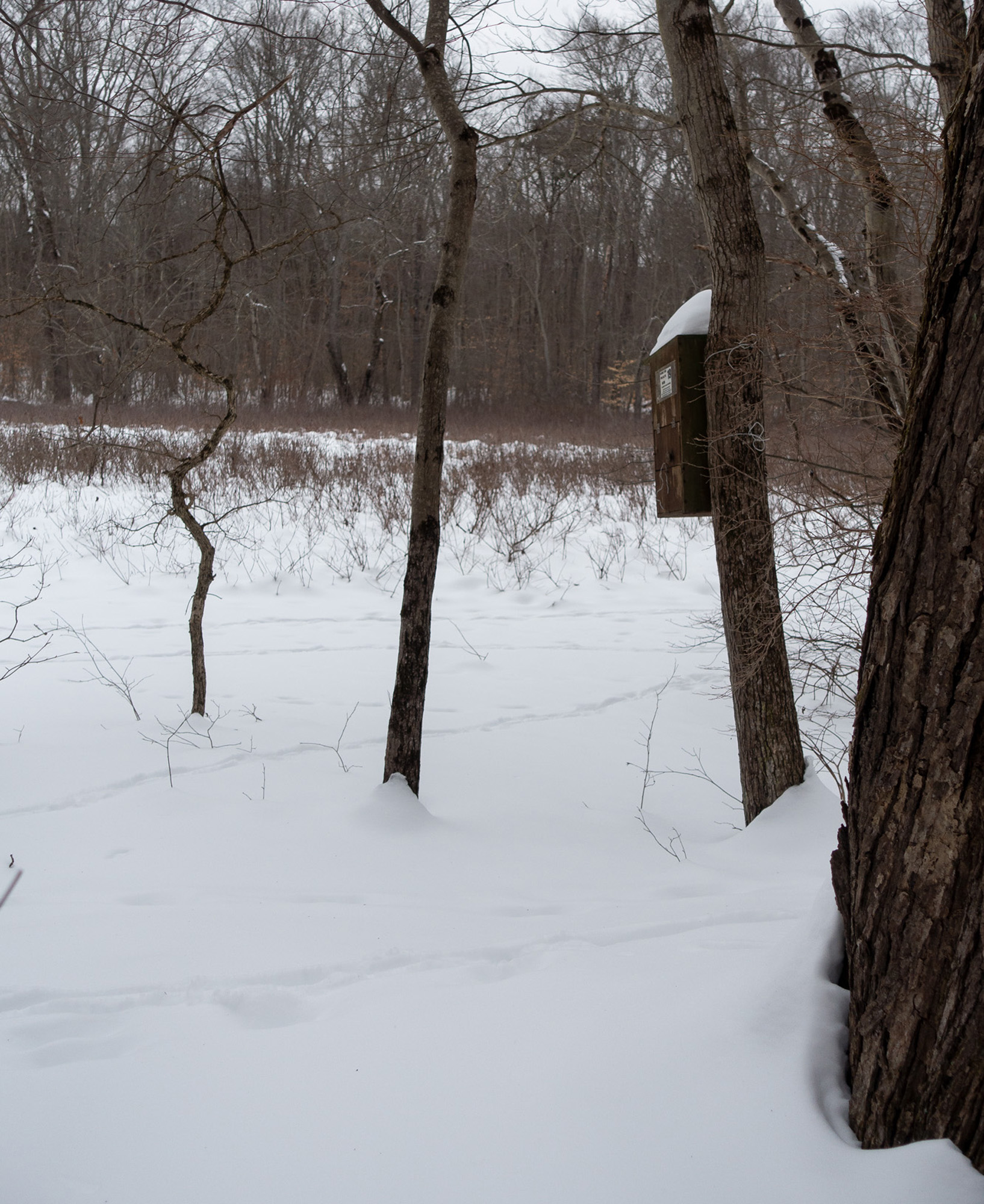
The “pro mode” shoots with the main sensor and lens, there are no zoom capabilities. It allows you to adjust, shutter speed, iso, white balance (the aperture is fixed. Because of the small sensor, the depth of field is significant, even at an open aperture. As you can see above, the issues seen in the jpg files go away, and the results are impressive, approaching those of the much more sophisticated Sony. This is a much better result than was achieved by the S8 which I tested in a similar fashion some years ago.
I wanted to see how much adjustment flexibility, the Samsung .dng files would have given that one of the main that we shoot in “raw” modes is to have the flexibility to adjust them later in Photoshop. The image below I’d like to say was deliberately overexposed. The native file was completely blown out with no detail particularly in the snow, but it recovered nicely upon processing.
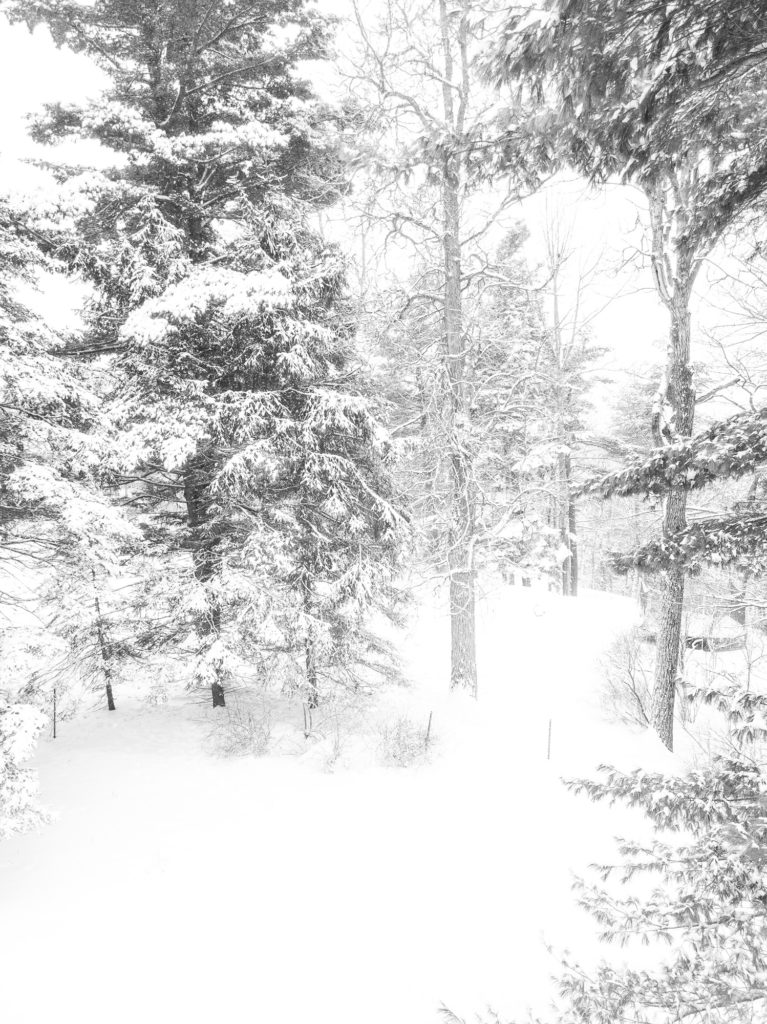
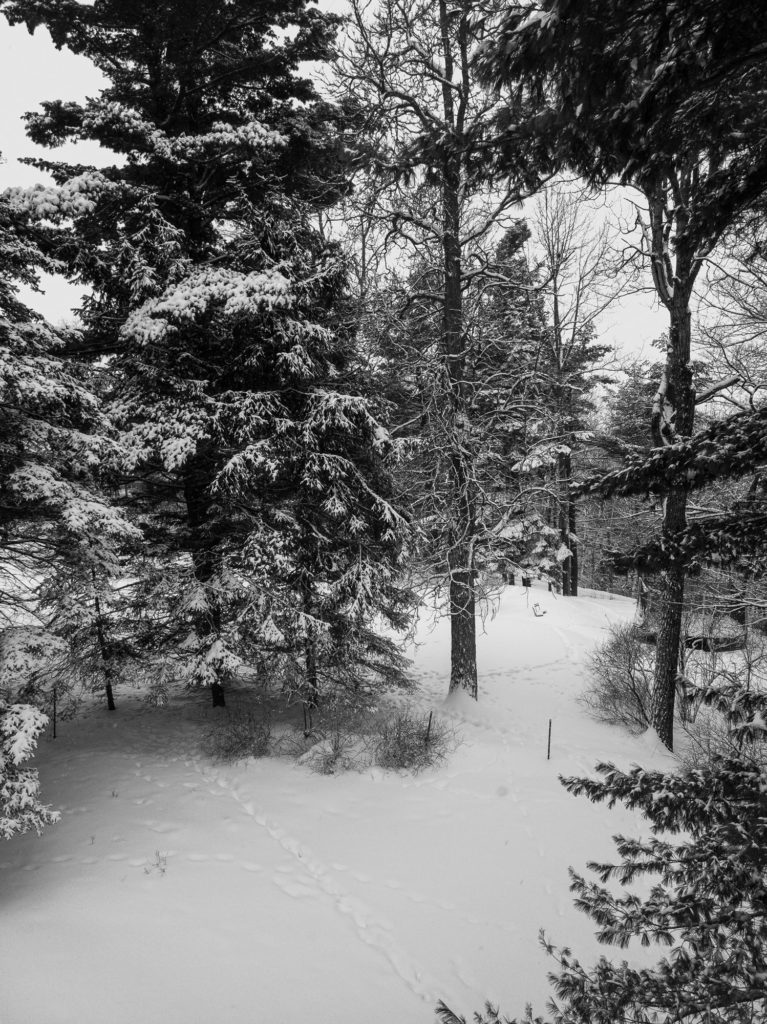
So what does it all mean? Basically, the Galaxy S20 sports pleasant jpg image quality for small screen viewing but suffers from over-processing when more critically evaluated. Shoot in “pro mode” and image quality is much improved, but you must deal with the fixed focal length and aperture. Still, the “normal” field of view is useful and because of the small sensor, the depth of field is probably a good compromise.
Am I going to stop carrying my Fujifilm equipment?…no.
Am I going to play with this some more? …absolutely.
As always, I would be honored if you would share this with your friends.
Header Image: Clearing the Storm ((Samsung Galaxy G20 UW 5G)


